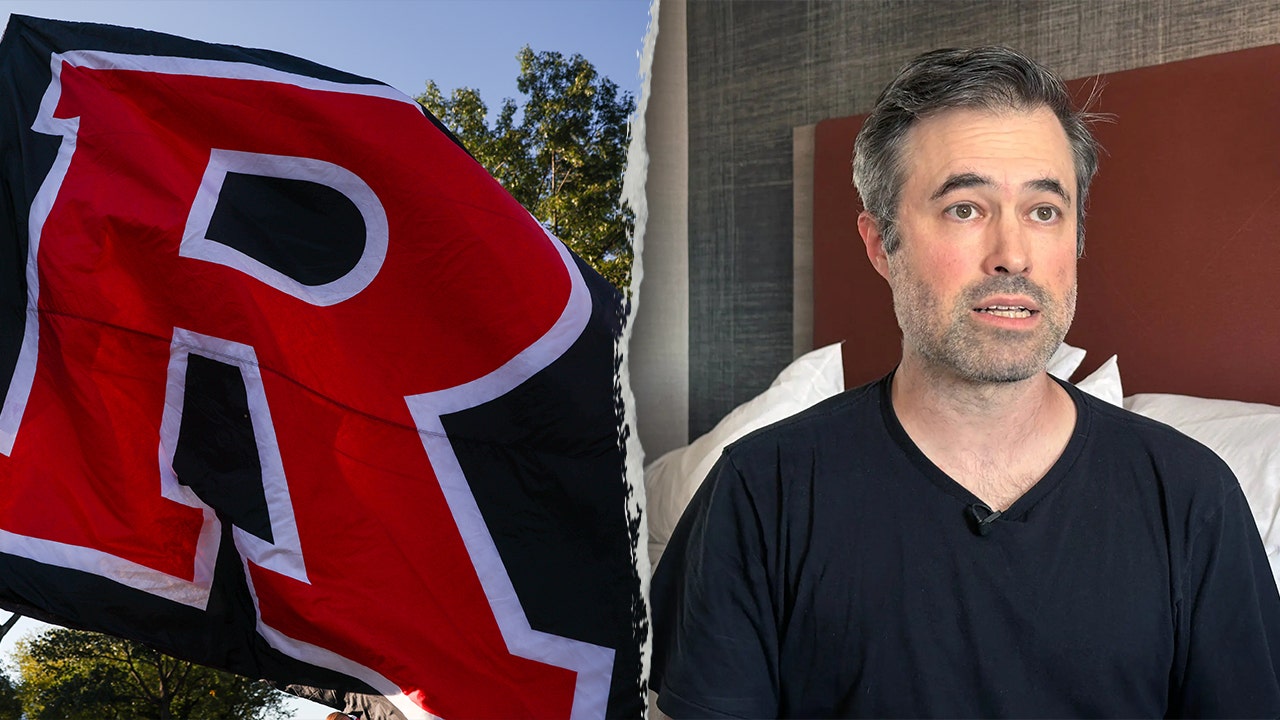An even more potent replacement for fentanyl is emerging in the United States, and experts say China is behind its rise.
Nitazenes, a class of synthetic opioids that can be up to 43 times stronger than fentanyl, were first developed in the 1950s as a painkiller, but their extreme addictiveness led drugmakers to keep them off the shelves. Now, their black market presence is increasing. The Drug Enforcement Administration (DEA) logged zero reported nitazene discoveries from 2005 to 2019. Since then, the agency has logged nearly 7,000 such reports and linked the drugs to roughly 2,000 deaths.
That’s a drop in the bucket compared to last year’s 48,000 fentanyl-related deaths. It’s also an alarming rise, drug experts say—and likely an undercount.
“We’re seeing the extreme potency of these new drugs that are coming out, and they’re so extreme that the tools we have … are incapable of dealing with them,” Luke Niforatos, executive vice president of Smart Approaches to Marijuana, told the Washington Free Beacon.
Drug traffickers seek out nitazenes because, like fentanyl, they are inexpensive to produce, highly addictive, and extremely potent, making them easier to smuggle because only small quantities are needed to produce a high. The drugs have another similarity to fentanyl: Their top supplier is China, according to Niforatos and former DEA supervisory special agent Brian Townsend, who served in the agency for 23 years before retiring in 2022.
“China is the number one source, not even a close second,” Townsend told the Free Beacon. “Everything I’ve seen, it’s all been finished product coming from there and other places,” including India and Myanmar.
“We suspect they’ve been in our drug supply for a while, but a lot of labs just don’t test for it, and a lot of these presumptive drug tests also don’t test for it,” he added. “We just didn’t know the severity or what was really going on.”
According to Niforatos, nitazenes “work their way up through the southern border, a lot of times through Mexico.”
“Obviously the border efforts are making a meaningful impact on that flow,” he added. “But the problem is that there’s also a flow through our ports and harbors as well.”
Much like fentanyl replaced heroin over the last decade amid a government crackdown on the latter drug, experts fear nitazenes could become smugglers’ new synthetic opioid of choice as the federal government focuses on fentanyl. That’s especially dangerous for several reasons: The extreme potency of nitazenes means users may need multiple hits of Narcan to reverse overdoses. Standard tests don’t detect the drugs in victims, making it difficult to understand their prevalence. And since the drugs’ emergence on the illicit market is a new phenomenon, experts don’t know as much about them.
“All we really know right now is how powerful they are in terms of how much they impact the opioid receptors, how strongly they bind to them, and how long they last bound to them,” Jeffrey Singer, a senior fellow at the Cato Institute, told the Free Beacon. “Since these are relatively new to the scene, there’s not been a lot of studies done.”
Users may also be unintentionally ingesting nitazene. The drug has been found in counterfeit Xanax and Adderall pills.
Nitazene’s presence in the United States, meanwhile, is quickly growing. EMS encounters with the drug have doubled since 2023, according to Niforatos. Raw overdose numbers remain low, but they’re rapidly increasing, and testing challenges suggest the figures are actually larger. Tennessee, for example, jumped from 0 overdoses from the drugs in 2019 to 42 just two years later. Pennsylvania recorded 50 nitazene-related deaths since 2020. Nearly half of them came in 2024.
Alex Krotulski, who runs the Center for Forensic Science Research & Education and works to identify emerging drugs, estimates nitazenes are behind up to 10 percent of U.S. overdose deaths.
Those who doubt the emergence of the drugs can look to the United Kingdom. The European nation has largely been spared of the opioid epidemic compared with the United States, but nitazenes are beginning to ravage it. U.K. authorities seized 150,000 nitazene-laced tablets in a single October 2023 raid.
“There has never been a more dangerous time to take drugs,” the nation’s National Crime Agency warned in August 2024, citing the rise of nitazenes.
If the drugs continue to gain popularity in the United States, the trend could make trafficking more difficult to combat. Nitazenes are made using “precursors of common, everyday drugs that we use all the time,” making them particularly challenging to intercept, Singer said. If authorities start catching on, meanwhile, drug labs like those in China can change their formulas to create variants with slightly different chemical structures.
“There’s more than 20 different analogs of these nitazenes, and there’s more by the day that they’re discovering,” said Niforatos.
Read the full article here








